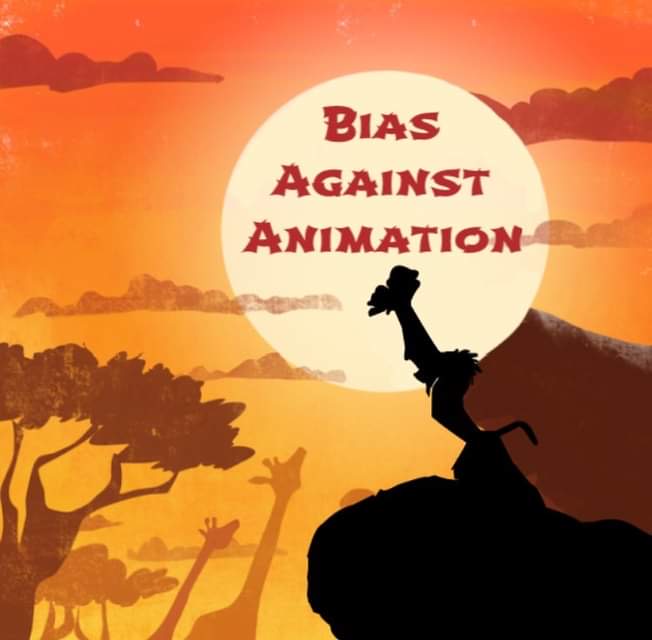The Bias Against Animation
October 8, 2020
In the past couple of decades, newly made 2D animated movies have disappeared from the box office charts, as the film industry continues to feel obliged to reimagine their classic animated pictures into live-action movies. With the recent remakes of The Lion King, Aladdin and now Mulan, this bias against animation is only becoming more prevalent.
When animating, an animator only has to deal with the limits of their own imagination, while live-action filmmakers have to work with real-world restrictions and a cast with different perceptions of the movie. The infinite flexibility that animation offers produces much more expression than that of a live-action film. Unlike cartoons, humans are not capable of comically extending their eyeballs out of their sockets or flattening into a sheet of paper when ramming themselves into a door. Would it really be that fun to see a real-life Snoopy flying a dog house? I didn’t think so.
Additionally, animators do not have to rely on a particular actor’s personality to create their characters. Instead, they can craft personas to fit a character perfectly. Although actors are meant to take on different personalities in a film, they still project their own characteristics onto whomever they play, ultimately altering the character’s personality.
Because of the industry standard of 24 frames per second, an intricate amount of planning goes behind every little detail in an animated film, which gives animation the ability to have an emotional impact through careful attention to detail that simply cannot be delivered in a live-action movie. And while 3D animation uses software to link keyframes together algorithmically, every single frame in a 2D film is individually crafted.
Although Spiderman: Into the Spider-Verse was three-dimensionally animated, the filmmakers drew a lot of their artistic inspiration from the half-toning, hatchwork and linework done in Jack Kirby’s comic book illustrations. By refraining from using popular 3D animated effects like motion blur and camera focus, the film can be frozen at any frame to display a crisp illustration, ultimately making the film feel like it is all printed in ink and it’s almost as if you’re watching the comic book come to life.
While the visual language of Spiderverse did end up bringing some publicity back to 2D animation, no film in the medium has made headlines in mainstream media since its release in 2018. However, we can take a look at the 2019 Netflix original, Klaus. Although the film used 3D effects by rigging the lighting to make characters appear 3D, the rest of the movie was made entirely with 2D methods. Filmmakers wanted to give the film a nostalgic 2D animated style like that of the 90’s Disney films in order to accurately appeal to the nostalgia in the story of Santa Claus. After storyboarding the script, designing backgrounds for layouts and planning the camera angles like live-action films, the filmmakers of Klaus then had to animate the characters and color the backgrounds of every single frame while making sure the two blended together seamlessly into the same world. Every intricate detail was hand-drawn digitally, refined into crisp lines in a cleanup stage, and painted with basic flat colors (all 2D processes), followed by the 3D lighting process that ultimately took over two years of production and 300 people to complete. Shooting live-action movies usually only take around four to ten weeks.
Some may say that animation lacks realism. Maybe realism makes a movie more immersive. But is sacrificing the emotional value of animation for authenticity really that great? Let’s take a look at The Lion King. Sure, the resemblance between the animals in the film and animals in real life is uncanny, but it was the anthropomorphized singing cartoons from the original animation that connected the audience to the original characters, and without them, the live-action version was a bust.
With technology advancements constantly coming out, it’s easy for humans to get caught up in the snazziness of everything. But just as trends come and go, the glorification of the realism in live-action movies will soon wear off, and all that’ll be left is a movie with a weak plotline, dull characters and no emotion. So before 2D animation becomes a lost art, please start appreciating it more.




